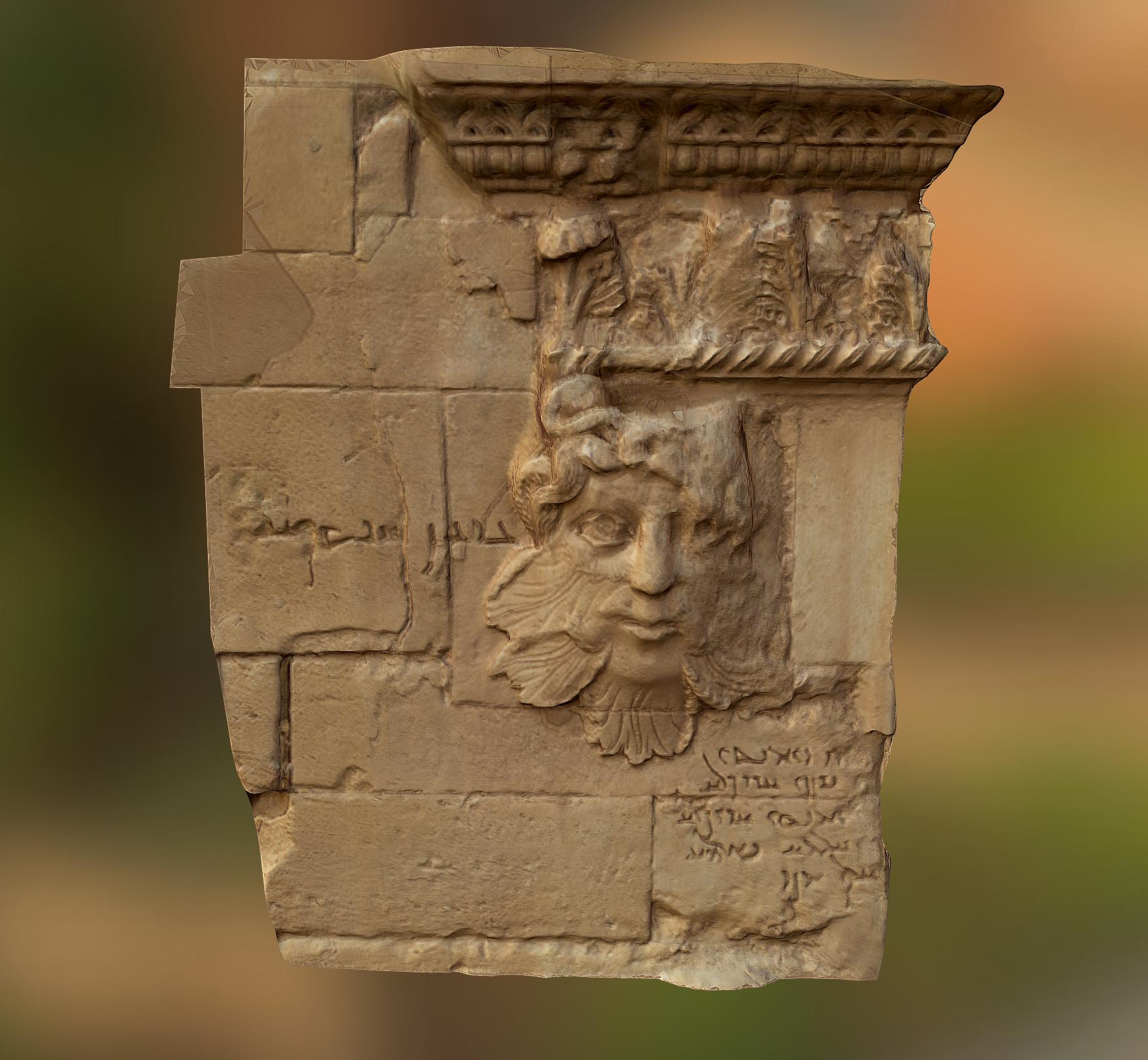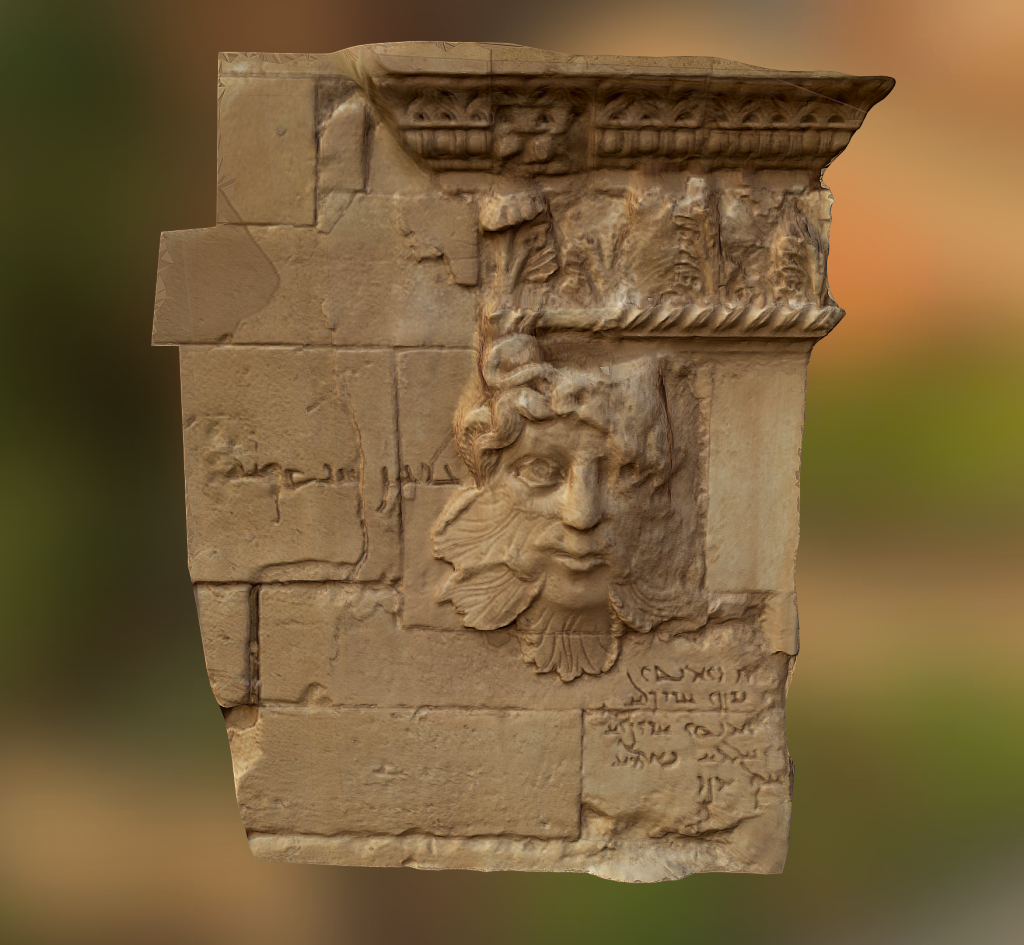Rekrei Crowdsources Virtual Heritage Reconstruction

This image is a virtual reconstruction of a relief previously found in Hatra, Iraq. Courtesy of Rekrei.
June 8, 2016
In 2015, screens around the world were filled with the destruction of Palmyra, a cultural heritage site in Syria, by terrorists belonging to ISIS (ISIL, or Daesh, depending on your region). While the images shown caused global outrage, Palmyra was hardly the first site to be vandalized or looted by the terrorist group. Attacks have been carried out against around 30 targets, including the Mosul Cultural Museum in Iraq.
Although hope remains that artifacts looted and ultimately sold by ISIS may eventually be recovered, it’s impossible to undo the damage caused by high explosives or determined assaults by mobs of men wielding sledgehammers. Formed in the wake of the attack on the Mosul Cultural Museum, an organization called Rekrei is attempting to reconstruct lost artifacts and destroyed heritage sites through crowdsourcing.
 This image is a virtual reconstruction of a relief previously found in Hatra, Iraq. Courtesy of Rekrei.
This image is a virtual reconstruction of a relief previously found in Hatra, Iraq. Courtesy of Rekrei.Rekrei is a website that allows visitors to submit photographs of destroyed monuments and buildings, or missing artifacts. The photos are then compiled to create virtual 3D reconstructions in a manner similar to 123D Catch. Rekrei volunteers then arrange the reconstructions to create virtual displays or walkthroughs that can be viewed in 2D space, or 3D space via virtual reality (VR).
Although creating virtual reproductions is a good way to ensure anyone with web access can benefit from Rekrei’s efforts, VR isn’t quite the same as good old live reality. Rekrei has also received support from Economist Media Lab to produce 3D printed replicas of destroyed or missing artifacts. Additive manufacturing (AM) has become an important tool for many groups looking to record or restore the past, including archaeologists and paleontologists.
In the midst of violent struggles like those currently going on in the Middle East, it’s easy to overlook the importance of maintaining links to our history, and recording the past for future generations. Rekrei has expanded its efforts to include heritage sites from elsewhere in the world, noting that the loss of heritage sites is a common problem.
Heritage is at risk around the world, whether through human intervention or natural disasters. While we see the barrage of high-profile destruction in areas like Iraq or Syria, much of the world’s heritage is lost or at risk on a regular basis. Stemming the loss of heritage is an insurmountable problem, and unless the world community rallies behind the preservation of heritage, this will be a problem we are faced with for decades and even centuries to come.
Below you’ll find a video about the Mosul Cultural Museum reconstruction efforts.
Source: Rekrei
Subscribe to our FREE magazine, FREE email newsletters or both!
About the Author
John NewmanJohn Newman is a Digital Engineering contributor who focuses on 3D printing. Contact him via [email protected] and read his posts on Rapid Ready Technology.
Follow DE





